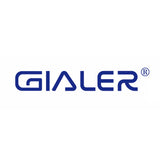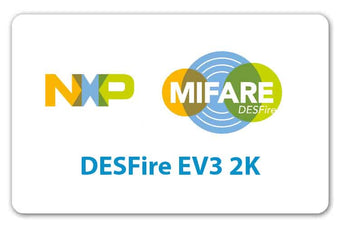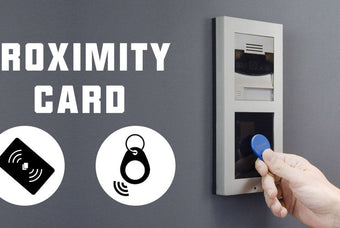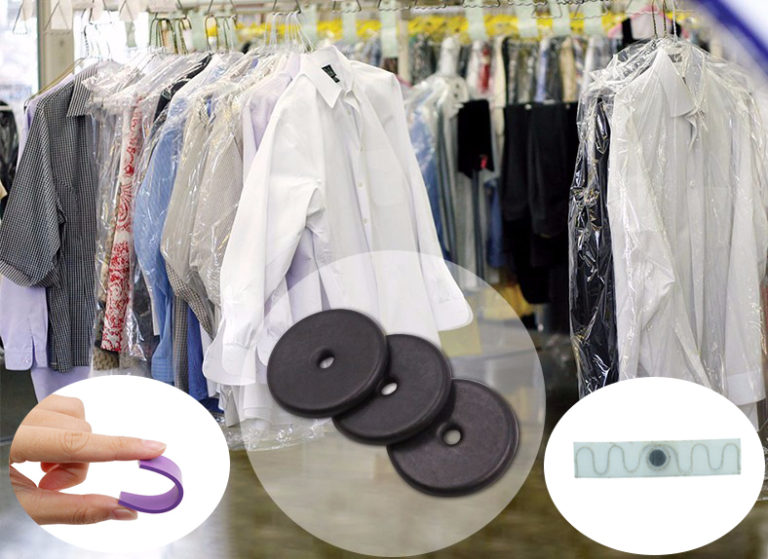RFID (Radio-Frequency Identification) laundry labels are used for tracking and managing textiles, such as clothing, linens, and uniforms, in laundry and textile management systems. Here's an overview of how to build an RFID laundry label system and how it works:
Components of an RFID Laundry Label System:
-
RFID Tags: Choose RFID tags suitable for laundry environments. Laundry tags are typically designed to withstand exposure to water, detergents, high temperatures, and mechanical stress.
-
RFID Readers: Install RFID readers at key points in the laundry process, such as at entry and exit points, washing machines, drying areas, and sorting stations. These readers communicate with the RFID tags on the textiles.
-
Antennas: Antennas are used to transmit and receive RFID signals. The selection and placement of antennas are crucial for optimizing the read range and accuracy of the system.
-
RFID Middleware/Software: Implement RFID middleware or software to manage and process the data collected by the RFID readers. The software can provide real-time information about the location and status of tagged items.
How RFID Laundry Labels Work:
-
Tagging Textiles: Attach RFID laundry tags to textiles using appropriate methods, such as sewing, heat-sealing, or adhesive. Ensure that the tags are securely attached to withstand the laundering process.
-
Reading RFID Tags: As textiles move through the laundry process, RFID readers at various points read the tags on the items. This includes entry points, washing machines, dryers, and sorting stations.
-
Data Transmission: When an RFID tag is read, it transmits a unique identifier to the RFID reader. This identifier is then processed by the RFID middleware or software.
-
Data Processing: The RFID middleware or software processes the received data, updating the location and status of each tagged item in real-time. This information is often integrated into larger laundry management or inventory systems.
-
Tracking and Monitoring: The RFID system allows for the real-time tracking and monitoring of textiles throughout the entire laundry process. This improves inventory management, reduces loss, and enhances overall operational efficiency.
Considerations for RFID Laundry Labels:
-
Tag Durability: Ensure that the RFID tags are designed to withstand harsh laundry conditions, including exposure to water, chemicals, high temperatures, and mechanical stress.
-
Read Range: Optimize the placement of RFID readers and antennas to achieve the desired read range for your application.
-
Integration: Integrate the RFID system with existing laundry management or inventory systems for seamless operation.
-
Compliance: Ensure that your RFID solution complies with relevant industry standards and regulations.
Before implementing an RFID laundry label system, it's advisable to consult with RFID solution providers and experts to tailor the solution to your specific needs and environment. Additionally, compliance with privacy and data protection regulations is essential when implementing RFID technology in any application.









